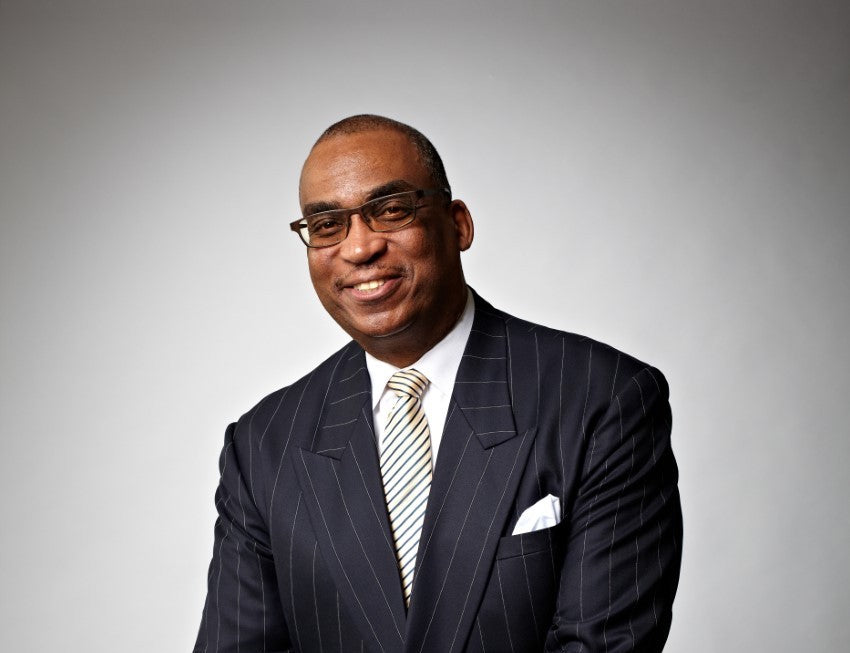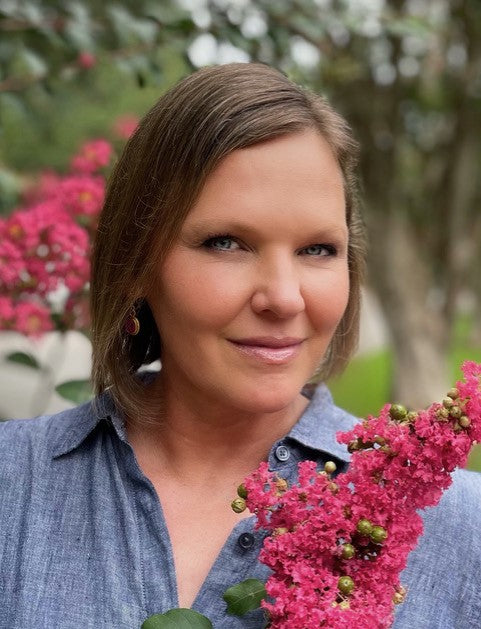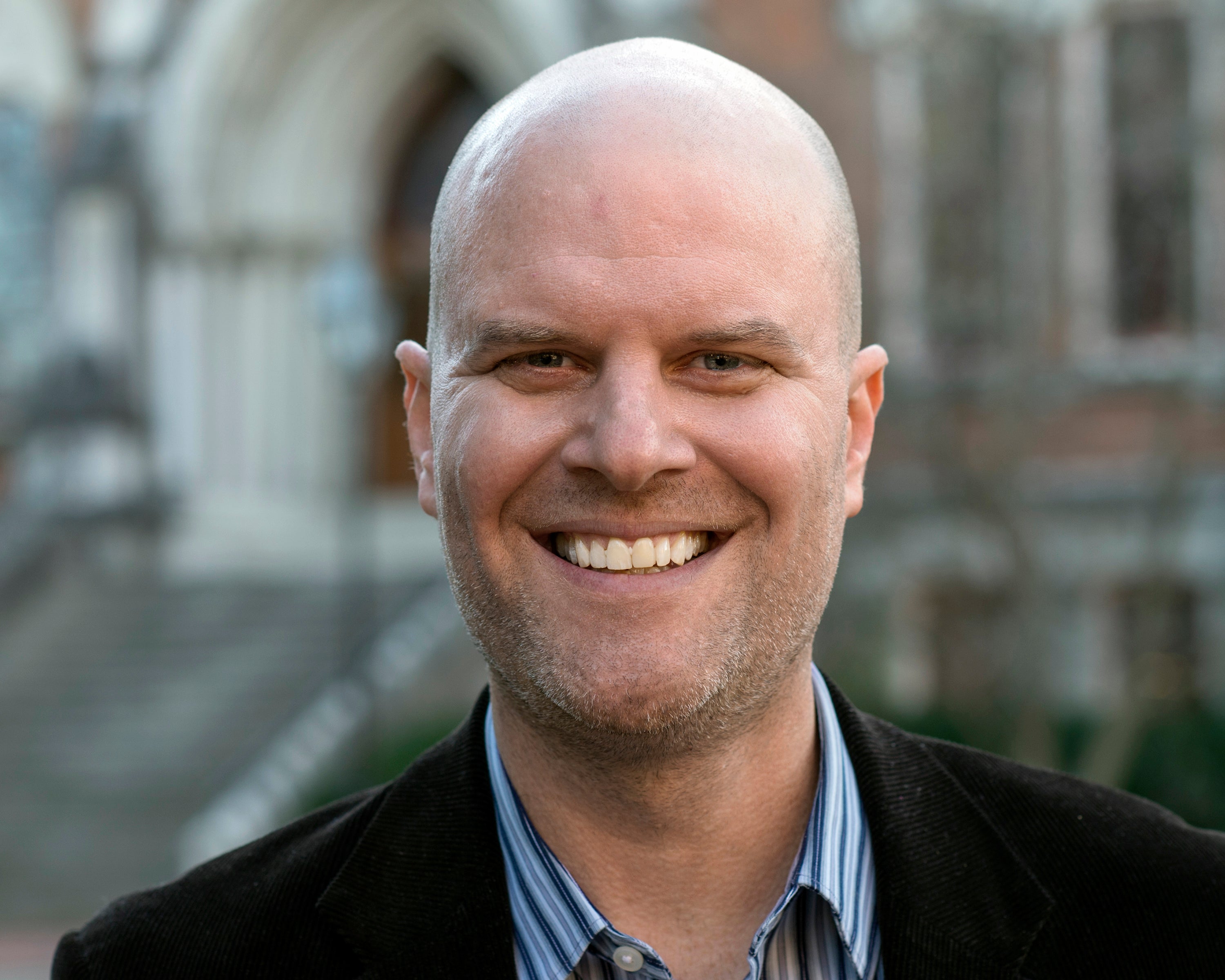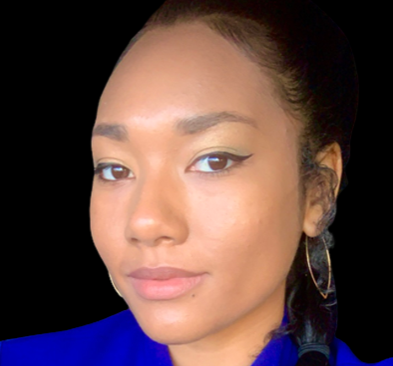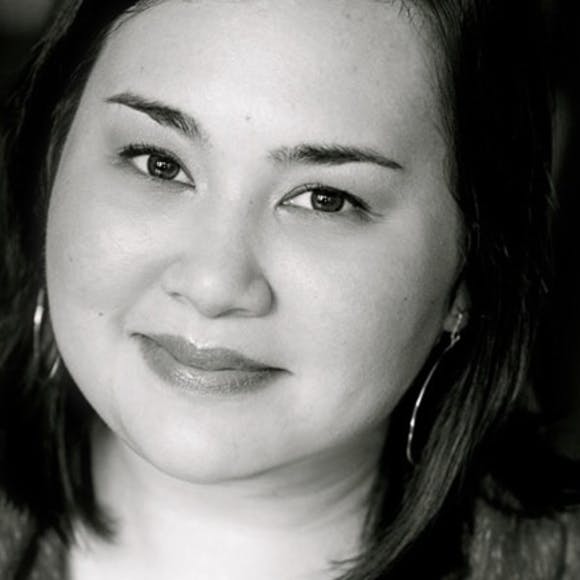Photo Credit to Ian Justice
Author: Steven Rogers
Author Bio:
Named one of the top 150 influential people in America by Ebony Magazine, Rogers is the author of The Entrepreneur's Guide to Finance and Business and multiple Harvard Business School case studies and podcasts focused on Black business and financial issues."
A Letter to my White Friends & Colleagues is available May 25th.
1. What will it take to get more young Black Americans into the world on entrepreneurship and business?
I would love to see every urban high school make it mandatory for its seniors to take a course on “the fundamentals of entrepreneurship.” The course would include case studies on successful black entrepreneurs who would serve as role models for young black Americans. The introduction of these successful black businessmen and women would ignite the flame of entrepreneurial interest.
2. Where did your inspiration to write “A Letter to my White Friends & Colleagues” come from?
The catalyst for writing this book came from my daughter, Ariel, a couple of weeks after George Floyd was murdered and there were protests throughout the world. She sent me a text that said “dad, the black community is hurting. Please make a statement as if you were the president.”
In response, I created a podcast titled “Say It Loud, I Am Black and I’m Proud...and Angry and Sad!" The targeted audience was black Americans. I implored them to 1. Take care of themselves physically and mentally 2. Continue protesting 3. Help white people to help the black community.
Following that podcast I began writing the book, targeting the white community. My objectives were to:
- Educate the reader about the history of black-white wealth disparity
- Teach the facts that the poverty of the black community was intentional by the federal and state governments, while those same government entities enriched whites by subsidizing wealth creation for whites via slavery, black codes and redlining.
- Provide whites with tangible action that they can take to right the wrongs inflicted on the black community, which has almost bankrupted the black community while creating multi-generational wealth for the white community.
3. A buzz phrase over the past couple of years has been, “we must have the difficult conversations”. During the writing of this book, how many difficult conversations did you have, and overall what is a “difficult conversation” if no solutions come from it?
As I wrote the book my greatest difficulty was from the pain caused, from the discoveries through research, of how the government purposefully hurt blacks financially with 246 years of sanctioned slavery, followed by 60 years of black codes and vagrancy laws, followed by 40 years of redlining. In each of these actions the government specifically had written laws that were designed to cheat and deny wealth to black people.
Some refer to a “difficult conversation” as being a discussion about race. I love such conversations because I view them as teachable opportunities!
And I love your final question about the importance of solutions! I do not believe that discussion alone is enough. A call to action that includes tangible efforts to help the black community are essential! The black community is poverty stricken. Over 35% of black people have zero net worth. We need help in the form of wealth sharing that is done organically via investments, philanthropy, business support and government actions.
4. Many people highlight the staunch chasm in wealth statistics based on race and spotlight how African-American wealth advancement has only grown slightly since 1970. What are some example solutions you can share with us that will help to close the wide racial disparity gap in this country?
My book highlights four actions to address the wealth disparity, where the average white family has $170,000 net worth vs $17,000 for blacks. My recommendations to close this gap includes:
- Spend at least 9.29% of your annual budget with black owned businesses. These businesses are the largest private employers of black people in the country.
- Deposit at least 9.29% of your annual savings into a black owned bank. Almost 70% of mortgages made by these banks go to black people. In contrast less than 1% of mortgages made by white banks go to black people.
- Donate at least 9.29% of your annual philanthropy dollars to HBCU’s. These 101 universities and colleges have enrolled over 300,000 black students. Most of the students come from financially impoverished households. Over 75% of the students qualify for federal Pell Grants. The eligibility is for students who come from households with $26,000 of annual income. The official poverty income level in America is $21,000. Finally, these schools need financial help. Their average endowment is only $12 million.
- Write a letter to congress supporting reparations to be paid to descendants of black people enslaved in America. The reparations payment would be $153,000, which is the difference between the aforementioned white and black wealth.
Such a payment would be similar to the reparations paid by the federal government to Japanese Americans in 1988. Over 80,000 people received a check for $20,000 for being interned for 3 years by the government during the Second World War.
Another act of reparations from our government was after the end of slavery when over 900 former slave owners were given checks at the rate of $300 per freed enslaved person, by the federal government!
5. Why is it important for White Americans to help address the racial wealth gap?
White Americans have the wealth. The only way that black people can close the wealth gap is through white participation.
6. At what age did you become interested in business and did you have any role models growing up that helped to spark or maintain this interest?
I was introduced to business very early in my life, since I was 5 or 6 years old. My mother was my role model. She owned small businesses and sold items at outdoor flea markets. I grew up working those businesses with her.
7. Many African-American teens are enamored with the possibility of going pro in basketball or football even though only 0.03% and 1.2%, respectively, will make the league. How would you suggest shifting that mindset so these young adults are looking more so towards medicine, education, business, law, or engineering?
Black teens aspire to be what they see. As stated in the first question, they must be exposed to role models who are not athletes.
8. What was your first entrepreneurial endeavor and what is one lesson that has stayed with you from that experience until today?
I purchased my first business via a leveraged buyout when I was 28 years old. I went the entrepreneurial route via acquisition instead of via start-up. My greatest lesson learned was the importance of understanding financial statements and using them as a practical tool to achieve financial success.
9. Looking at the social, economic, and racial climate of modern America, how necessary is a book like “A Letter to my White Friends & Colleagues”?
My book is perfect for the times! Nothing like it has ever been written. It guides and almost handholds those people interested in doing something practical.
10. What’s your best advice for getting over writer’s block?
I recommend that you jot down notes and ideas until the story comes to mind and you can begin an outline. Share your ideas with others and ask for feedback.
11. What’s the best book you have read this year so far?
My favorite book, which I began reading again for the second time this year is "The Color of Money", by Mehrsa Baradaran. It is a phenomenally researched and well written book about the history of black banking.
12. What’s the best advice you have ever received on happiness?
Be proactive about being happy: being kind to others will make you happy, being physically healthy will make you happy, serving others who are less fortunate will make you happy, and loving yourself will make you happy.
13. Do you plan on writing more books in the future?
Yes. My next book will be titled successful black entrepreneurs who are not athletes or entertainers! It will be released later this year.
Places To Find More From This Author:
Website: www.stevensrogers.com
Get Your Copy of A Letter to My White Friends and Colleagues Today!
